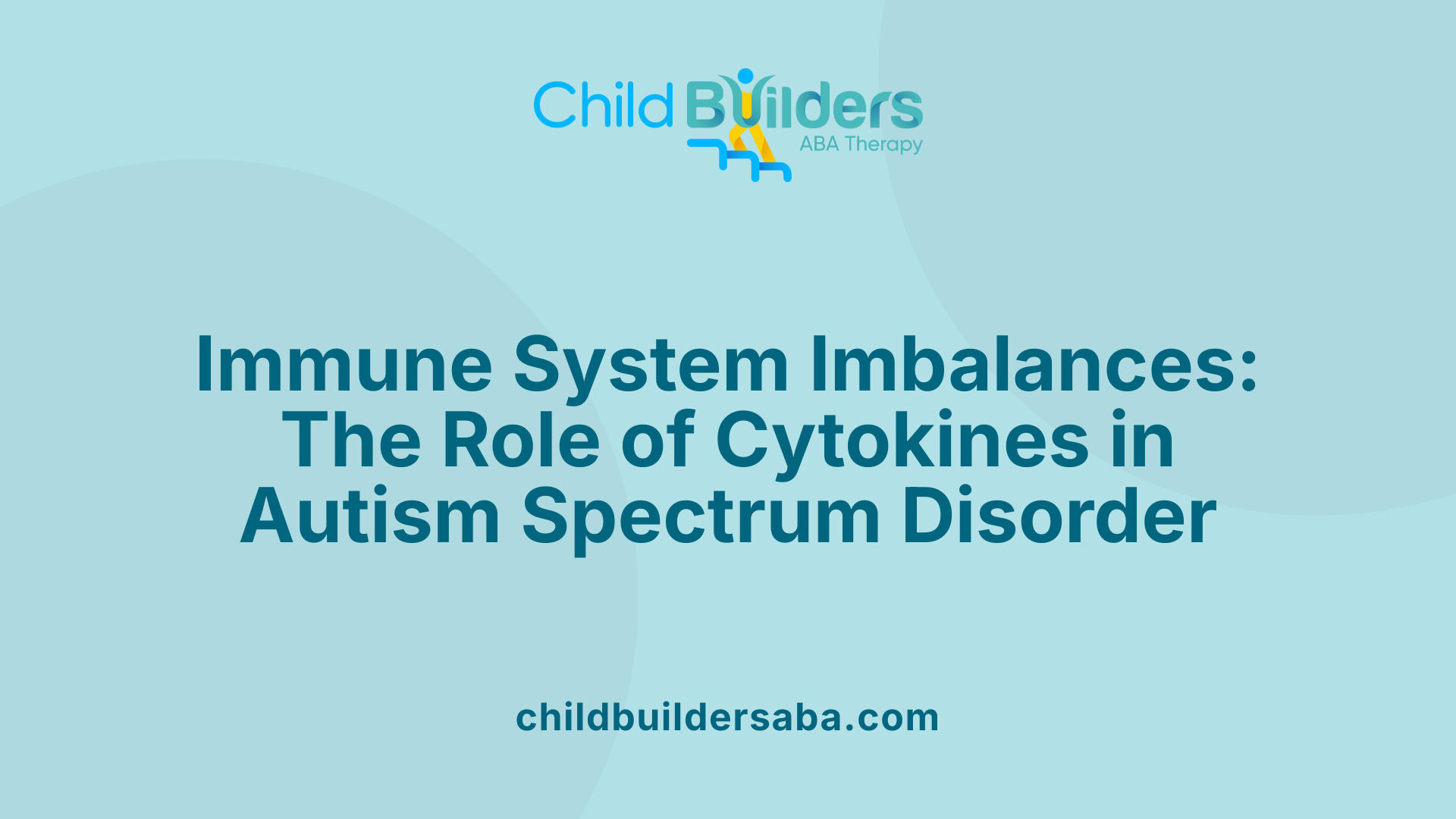Inflammation and Autism

Understanding the Crucial Link Between Inflammation and Autism
Recent scientific research underscores the significant role inflammation plays in the development and progression of Autism Spectrum Disorder (ASD). From immune system dysfunctions to neuroinflammation, these biological processes influence neural development and behavioral outcomes. This article explores how inflammation is intertwined with ASD, examining biomarkers, genetic and environmental influences, and potential therapeutic interventions.
Biological Foundations of Inflammation in Autism

Neuroinflammation and immune dysfunction in ASD
Neuroinflammation is a hallmark in many individuals with autism spectrum disorder (ASD). It involves the activation of the brain's innate immune cells, particularly microglia and astroglia, which contribute to a sustained inflammatory environment. Postmortem studies of brain tissue from children with ASD reveal microglial activation and increased expression of inflammatory genes, comparable to patterns seen in neurodegenerative diseases like Alzheimer’s.
This chronic brain inflammation can disrupt neural connectivity and impair brain development, potentially leading to the behavioral and cognitive symptoms characteristic of ASD. Microglia, the brain's resident immune cells, normally modulate synaptic pruning during development. However, in ASD, their prolonged activation results in neurotoxicity and altered neural circuitry.
Activation of microglia and astroglia
Microglia and astrocytes become reactive in ASD, releasing inflammatory cytokines and mediators that further stimulate immune responses within the central nervous system (CNS). This glial activation is evidenced by increased densities and morphological changes observed in postmortem brain studies. Animal models of maternal immune activation (MIA) similarly show that early neuroinflammatory responses lead to long-term neurodevelopmental alterations.
Activated microglia produce cytokines like IL-6, IL-1β, and TNF-α, which affect neuronal function and plasticity. Astrocytes contribute by releasing neurotoxic substances and modulating blood-brain barrier permeability, promoting additional neuroinflammation. The persistent activation of these glial cells is crucial to understanding the neuroimmune abnormalities in ASD.
Significance of pro-inflammatory cytokines in the brain and systemic circulation
Numerous studies have found that children with ASD exhibit elevated levels of pro-inflammatory cytokines in both the brain and systemic circulation. Cytokines such as IL-6, IL-1β, IL-12, IL-17, and TNF-α are often increased, suggesting widespread inflammation.
Elevated cytokines can cross the blood-brain barrier or influence brain immune cells, leading to neuroinflammation that disrupts normal neural development. For instance, increased IL-6 levels have been linked to altered neural connectivity and behavioral deficits.
Conversely, anti-inflammatory cytokines like IL-10 may be decreased in some ASD cases, reflecting immune imbalance. The cytokine profile varies among individuals, but consistently indicates an immune response skewed toward inflammation.
Research also shows that maternal immune activation during pregnancy results in increased cytokines such as IL-17a and IL-6, which can impact fetal brain development. This link underscores the importance of immune regulation during critical developmental periods in the risk of ASD.
| Biomarker | Source | Implication | Additional Details |
|---|---|---|---|
| IL-6 | Serum, brain tissue | Elevated in ASD | Linked to connectivity changes |
| IL-1β | Serum, CSF | Increased | Contributes to neuroinflammation |
| TNF-α | Serum, brain tissue | Elevated | Associated with severity |
| IL-17 | Serum, CSF | Increased | Mediates maternal immune effects |
| Anti-inflammatory cytokines | Variable | Decreased | Reflect immune imbalance |
Understanding these inflammatory signatures helps to clarify the complex immune involvement in ASD and guides potential therapeutic strategies focusing on reducing neuroinflammation.
Implications for Future Research and Therapeutic Strategies
As our understanding of neuroinflammation’s role in ASD deepens, so does the potential for developing targeted therapies that modulate immune responses and inflammatory pathways. Ongoing research into biomarkers, genetic factors, and the gut-brain axis offers promising avenues for early diagnosis and personalized interventions. The integration of neuroinflammatory insights into clinical practice could revolutionize how we approach ASD, transforming treatment paradigms from behavioral management to immunomodulation. Continued multidisciplinary efforts are essential to unravel the complex immune-neuro interactions underlying autism, ultimately aiming to improve outcomes and quality of life for individuals with ASD.
References
- Inflammation and Neuro-Immune Dysregulations in Autism ...
- Study shows impact of inflammation on the developing brain
- New Research Shows How Brain Inflammation in Children May ...
- Research trends of inflammation in autism spectrum disorders
- Relevance of Neuroinflammation and Encephalitis in Autism - PMC
- Neuroinflammation in autism spectrum disorders - ScienceDirect.com
- Inflammatory mediators drive neuroinflammation in autism spectrum ...
- Link between inflammation and autism - Harvard Gazette





































































































